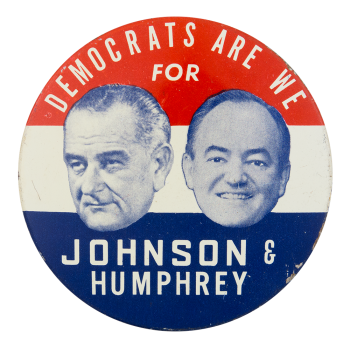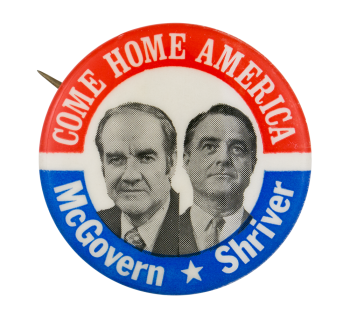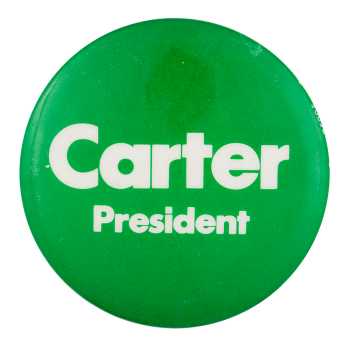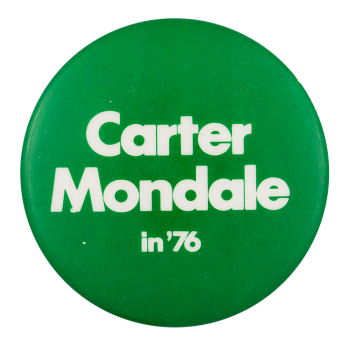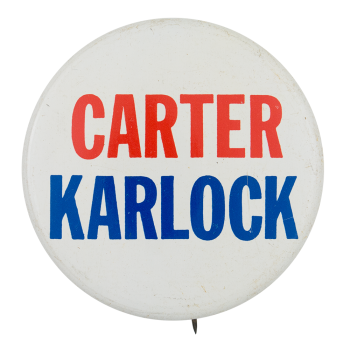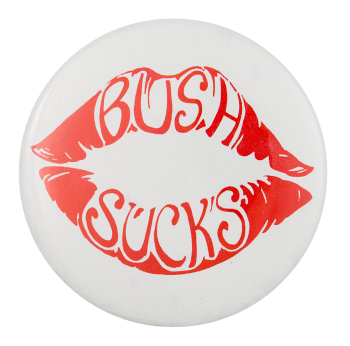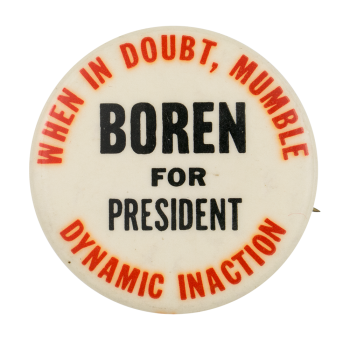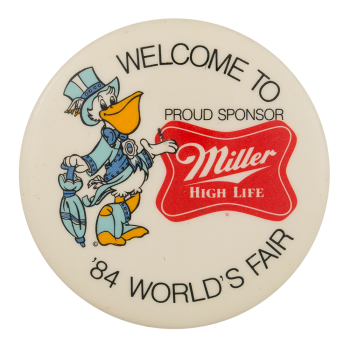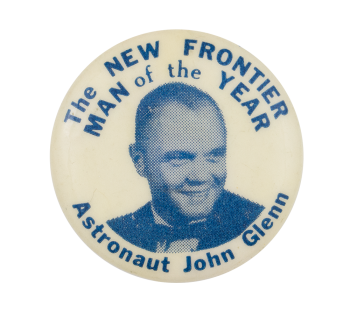Farmers and Ranchers for Dole
| Category | |
|---|---|
| Additional Images | |
| Text on Button | FARMERS and RANCHERS for DOLE |
| Image Description | Yellow text on a blue background |
| Back Style | |
| The Shape | |
| The Size | |
| Additional Information | Robert Dole had the unwavering support of Farmers and Ranchers at the 1996 Republican National Convention in San Diego. Dole was a longtime supporter of agriculture, and the ranking Republican on the Agriculture Committee from 1975-1978. Dole represented Kansas in the House of Representatives and then the Senate from 1961-1996. Dole secured the Republican nomination and in an October 24, 1996 Press Release, Dole and his running mate, Jack Kemp issued a 14-point pledge outlining their commitment to America's farmers, ranchers and rural voters. Dole/Kemp lost the Presidential election to incumbent Bill Clinton. The American Farm Bureau Federation was organized in 1919 to protect the rights of farmers and ranchers, and has continually lobbied for government measures to create legislature to promote and secure the success of America’s agriculture workers. |
| Catalog ID | PO0564 |



